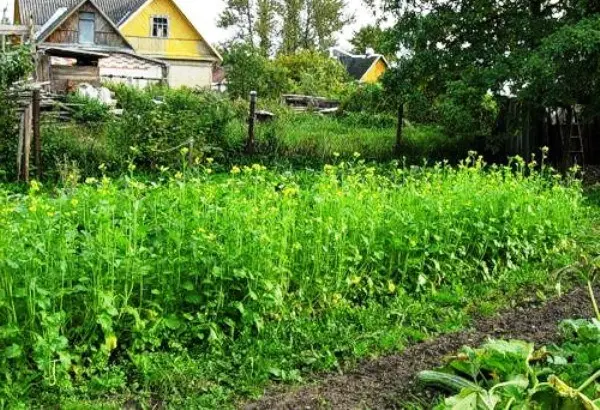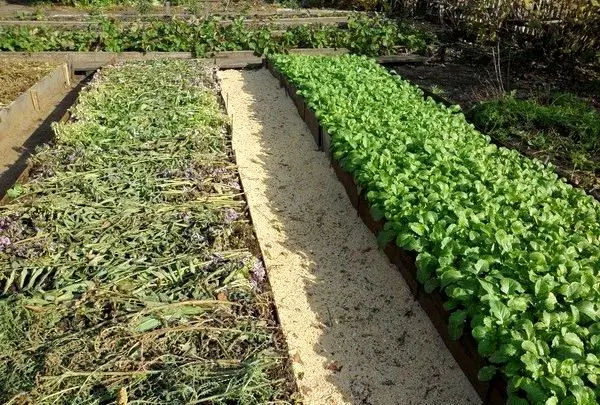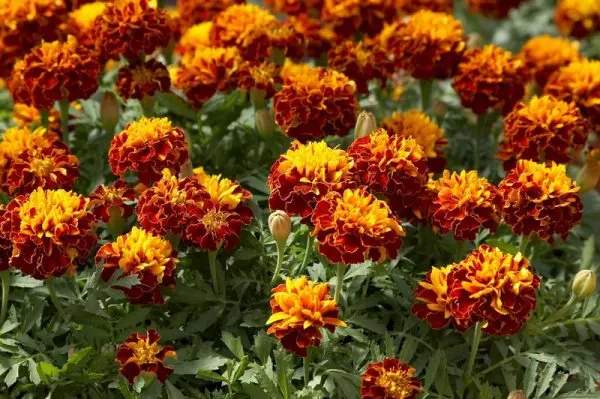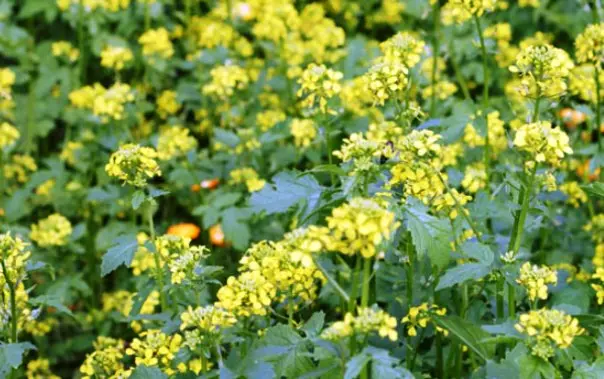Contents
Any good gardener always takes care of his site because he wants to get a wonderful harvest on it. Sometimes it turns out that the owner is zealous, and the weed is regularly weeded out from him, but somehow he is not lucky with the yield. There is one factor that can fundamentally change the approach to growing crops in the garden – this is taking into account the sequence of sowing plants. Usually the site is planned for beds, and due to its small area it can be difficult to change crops. This is especially true for potatoes, which are allocated a place and planted there for years. Experts recommend changing the land for a vegetable every 4 years, everyone knows that it gives a good yield after legumes, radishes, pumpkins, cucumbers, etc. This, of course, is ideal, but the plots for these crops are smaller than potato ones. But there is always a way out of all impasses. Found it in this case too. To get an excellent harvest every year, it is worth planting green manure for potatoes.
What is siderat and what is the use of it?
Siderat is a technical plant that is not grown to full maturity, but planted only to enrich and improve the quality of the soil on the site. They are usually annuals. The roots of such auxiliary plants are very branched, they perfectly loosen the soil, which is important for its heavy varieties. Some plants effectively control vegetable pests by replacing chemicals. Their foliage is great for mulch.
You can plant such miracle plants before planting the main crops in the spring or after harvesting in the fall. As soon as the green manure grows up, it is dug into the ground under the main planting culture. Here you should be careful and not miss the moment – the plants must go underground before flowering begins: young shoots always decompose better, giving us the useful minerals we need.

As a result, we get an ecological fertilizer, which:
- reduces soil acidity;
- saturates the soil with useful substances: green manure in terms of “caloric content” is no worse than manure;
- effectively fights pests of root crops;
- stops the invasion of weeds;
- perfectly loosens heavy soils;
- promotes moisture retention on light soils.
You will probably be surprised, but even a weed can become green manure, not all, of course, but, for example, comfrey is able to significantly enrich the soil with potassium, and it is good to use plucked nettle stalks for mulching vegetable beds; put it in the aisle – slugs and snails will forget the way to them, and the cultures themselves will grow much more fun.

So, we have decided that the benefits of green manure for your small six acres can be huge. But here the nuances of growing are also present:
- It is necessary to correctly calculate the time of planting so that the plants have time to grow up for their successful digging. Young shoots rot better and contain, among other things, a large amount of nitrogen. If you tighten it with digging and the plant kicks out the buds, then the rough stems will not only decompose worse; the microorganisms responsible for this process will begin to pull the missing nitrogen from the soil. Thus, you will get the opposite reaction to the enrichment of the soil, and we do not strive for this at all.
- It is important to determine the amount of green manure. If there is little green manure on the site, then the enrichment of the soil will not be particularly effective, and if you overdo it with the amount of buried greenery, then the mass may become acidified, and not decompose.
- Each crop requires its own green manure, which will deliver the maximum of the necessary substances needed for the yield of this particular crop.
- Every year, green manure for one crop must be alternated, since each has a wide range of applications.

Which ones are suitable for potatoes?
In order to get a quality potato crop, the site requires the presence of a sufficient amount of nitrogen and phosphorus. Therefore, plants of a certain group should be chosen for green manure for potatoes.
Experts recommend using the legume family for vegetables – these are sardella, peas, sweet clover, lupins, alfalfa. They give the necessary nitrogen and phosphorus to the soil.
Rapeseed, mustard, rapeseed, phacelia, oats, wheat or rye are also siderates for potatoes, although they contain an order of magnitude less nitrogen, but they are no worse in protecting the soil from weathering, dehydration and enrichment with other useful minerals. If you sow them for the winter and do not mow, then the crops retain snow well and save the soil from deep freezing.
Such different action of plants can be used. Therefore, we recommend combining different siderates for potatoes, i.e. plant them together. Thus, it is possible to achieve a very good renewal of the site, and, consequently, a guaranteed increase in yield.

How and when to sow
You need to start sowing green manure for potatoes in early spring; do not wait for the peak of heat, warming up the soil by 4-6 cm is enough. The consumption of seed is usually taken at the rate of 2 kg of green manure per 1 weave; As we have already noted, you should not overdo it. Planting technology is common: the soil is loosened, grooves are formed, seeds are distributed in them, covered with earth – nothing new. You can sow randomly on loosened soil and then walk with a rake.
2 weeks before the proposed planting, green manure for potatoes must be plowed. The depth of digging for heavy soils is 6-8 cm, for light ones – 12-16 cm. Some gardeners advise not to bury the plants, but to cut them to a depth of 2-3 cm from the surface level and leave them in the area where potatoes will be planted. A chopper or flat cutter is used as a tool. Don’t let the untidy appearance of the site scare you, after a while it will all rot.

Potatoes in such a plot do not sit too deep, 5-6 cm will be enough. Even after planting the root crop, you can continue to “feed” it with plants. Potato green manures, such as mustard, can also be sown between rows. It loosens the soil, and retains moisture, and repels weeds, and repels pests. Why not a potato keeper? As soon as green manure for potatoes equals the height of the tops with the main crop, they should be cut to allow the vegetable to develop normally.
The cut mass can be used in several ways: left on the site or added to the compost heap. Here it’s up to you.
Siderates for potatoes can be planted not only in spring. As soon as the site is freed from the crop, you can safely sow the next portion, and clear the site by winter or leave it to winter until next year. For this purpose, frost-resistant varieties of plants, mainly cereals, are sown.

Siderates for potatoes are able to increase crop yields by 50-60 kg per hundred square meters without additional fertilizers. And in terms of saturation, 3 kg of green mass can be compared with 1,5 kg of manure. Therefore, we advise all gardeners to enrich their summer cottage in a similar way and enjoy an excellent harvest every year.
Video “Siderates for different crops”
The video talks in detail about green manure: what are, how and when to sow, under which crops to use, and other features.









